Saving a museum! When Bengal rose to save Gurusaday Museum
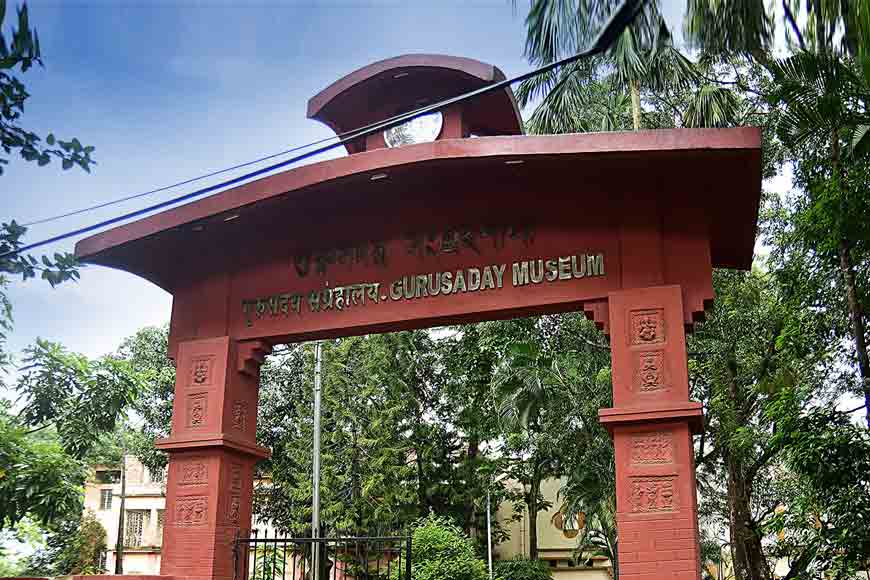
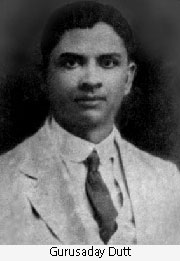 A couple of years ago, a whole city and even the Bengali diaspora had risen to the occasion to save a Museum. Surprised? Well, being the cultural capital of India, Bengal has always wished to showcase its love for art and craft. Saving Gurusaday Museum off Diamond Harbour Road in Kolkata was one such example. The museum was on the verge of closure, as the Central Government refused to fund it any longer. But this very museum is literally a treasure trove of undivided Bengal’s indigenous art and craft, painstakingly collected over years by an Indian ICS officer, Gurusaday Dutt.
A couple of years ago, a whole city and even the Bengali diaspora had risen to the occasion to save a Museum. Surprised? Well, being the cultural capital of India, Bengal has always wished to showcase its love for art and craft. Saving Gurusaday Museum off Diamond Harbour Road in Kolkata was one such example. The museum was on the verge of closure, as the Central Government refused to fund it any longer. But this very museum is literally a treasure trove of undivided Bengal’s indigenous art and craft, painstakingly collected over years by an Indian ICS officer, Gurusaday Dutt.
GB had contacted Dr Bijan Mondal, the museum’s executive secretary in those days to understand the status and got to know of stunning facts. All the 13 employees of the museum were working without salary for months. “We could not even pay our security guards, and we are running from pillar to post, from Central government to State government to stop this heritage museum from closing down, but to no avail,” Mondal had said. The Union Ministry of Textiles wrote in a letter dated 29th November 2017, that the agreement Gurusaday Museum had with the Office of Developmental Commission, Handicrafts, gets revoked.
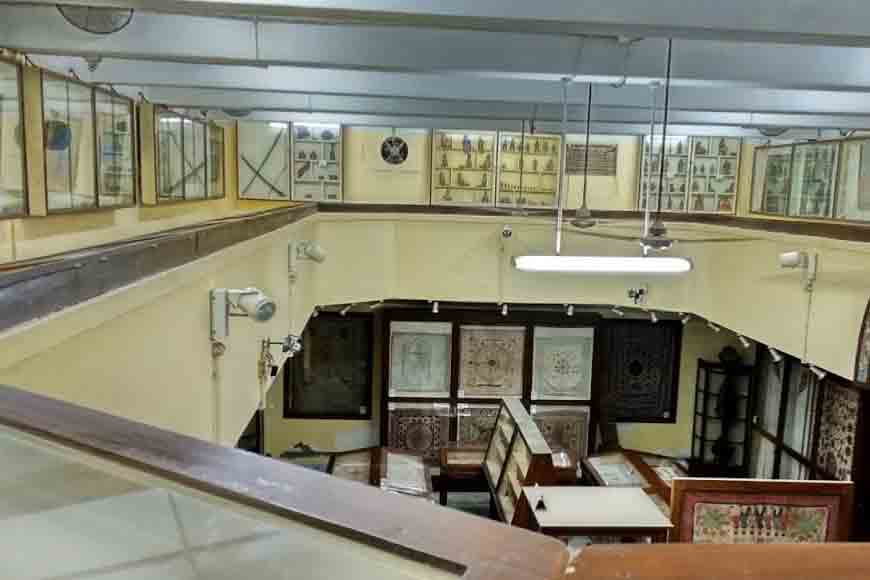
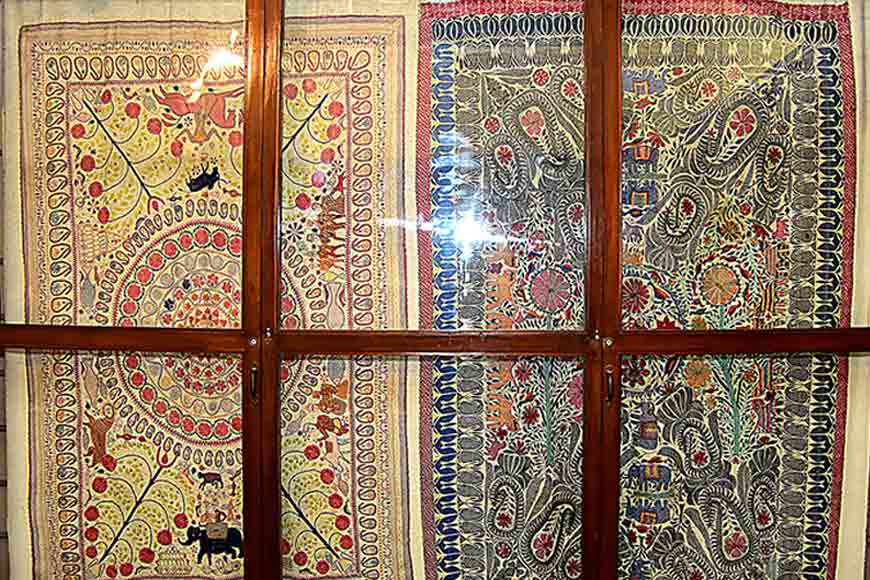
The museum only earns around 1-2 lakhs per annum through selling tickets. This dismal amount itself shows the museum had very few visitors, though it stands in a South Kolkata locality and is convenient to reach. As Mondal pointed out: “The highest ever fund allocated for the museum by the Central Government was 45 lakhs and upkeep of around 3,300 items in the collection needed 46 lakhs per annum. So anyway, we were paying from our pockets and from the little that we earned through selling tickets. Now if the whole funding is stopped, then there is no way that the museum can raise funds to preserve the collection and pay salaries.”
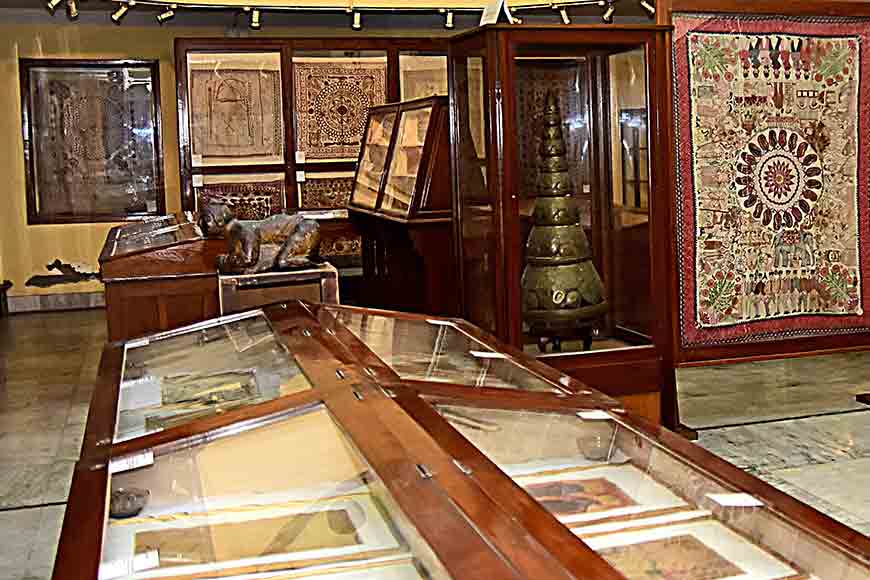
The museum has on display six different forms of rare kantha work: sujni, durjani, baitan, arshilata, rumal, and lep. The most prized kantha in their collection stands in the middle of the main hall. It is an exquisitely embroidered double-sided sujni kantha from Khulna district of Bengal, dating back to 19th century, depicting the then Bengali society. It is complete with views from the andar to bahir mahal, a hunting scene, wild animals and Indian and British soldiers. There are 16th century painted scrolls or patachitra depicting regional versions of mythic tales, priceless palm leaf manuscripts, handwritten and printed, as well as richly crafted manuscript covers from the 16th century, depicting the Dasamahavidya and Dasavatara. Gurusaday Dutt not just collected scrolls, but painstakingly noted down the lyrics of the narrative songs that were sung along with them.
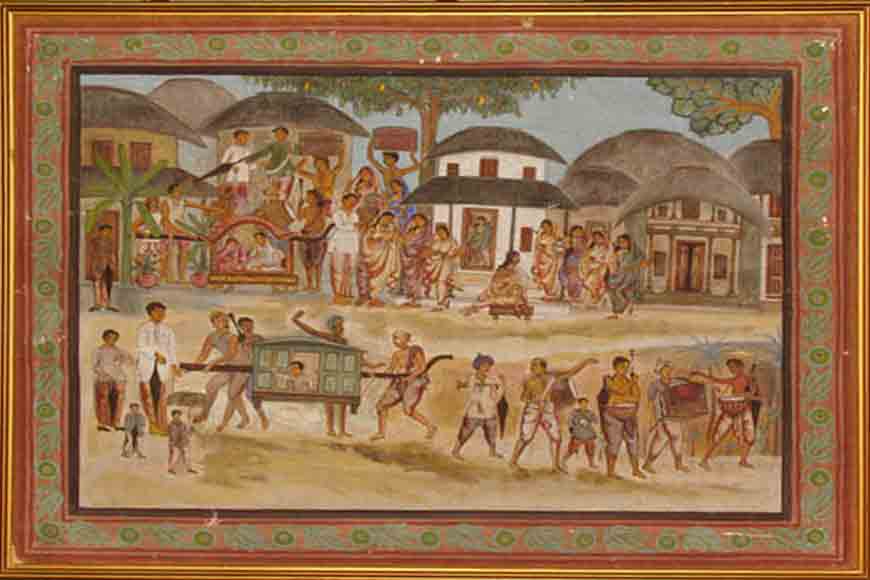
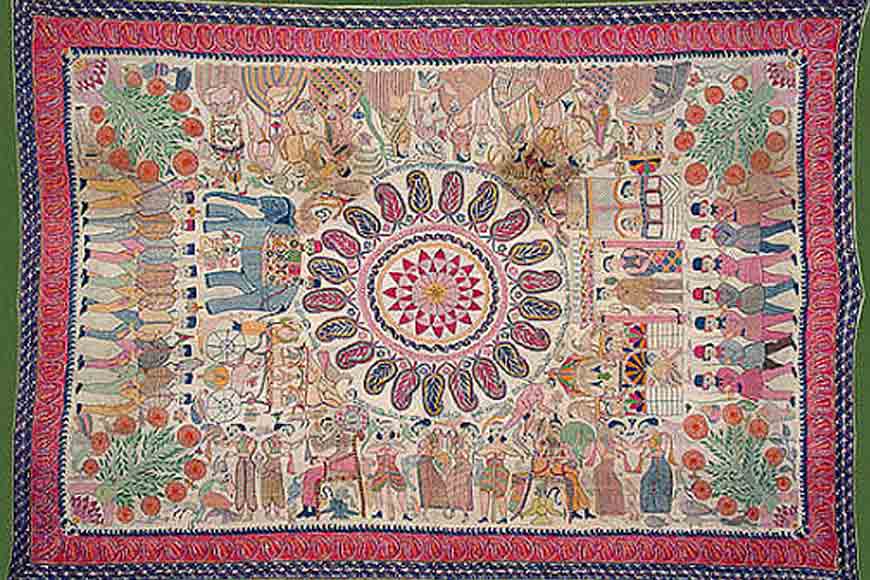
Bratachari Samity, that had given up the museum to the Central government in 1984 is a non-profit voluntary organisation that was run by Gurusaday Dutt himself. Dutt was an ICS officer under British Government, yet he was a Swadeshi at heart. Just like Kshitimohan Sen and Jamini Ray were influenced by Rabindranath Tagore and went around searching for indigenous art and craft from the villages of Bengal, Dutt also did so for years. The timeline of this collection is a very important chapter in the history of Bengal’s art arena. Yes, certain museums truly need to be saved, to save our art, culture and heritage!









